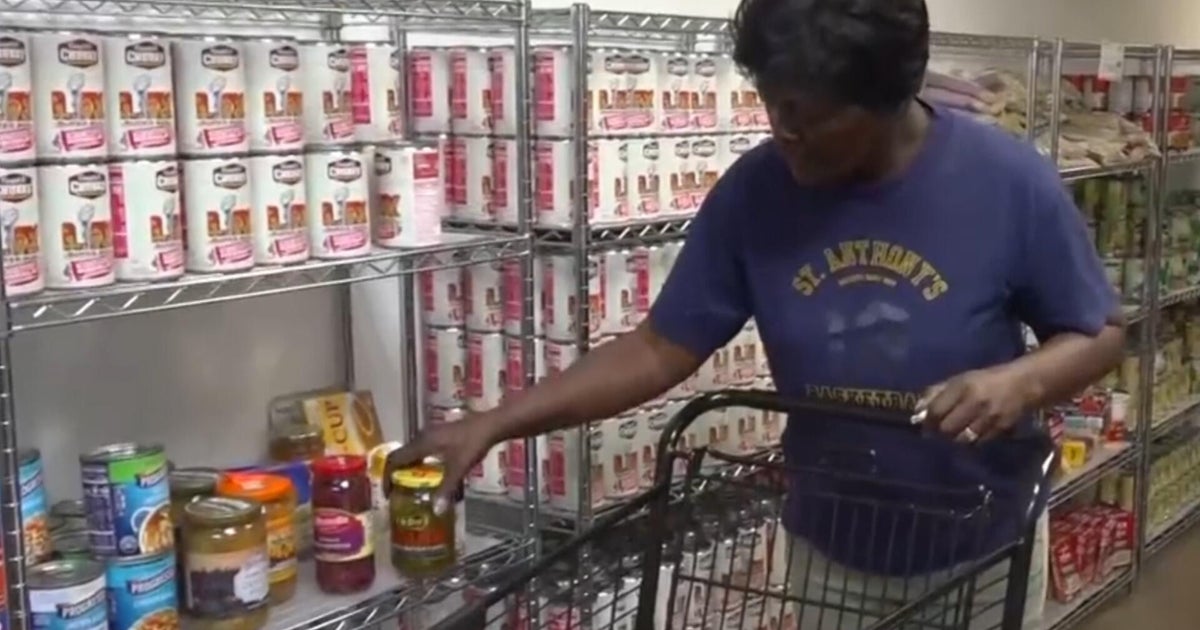The Silent Crisis: How Federal Funding Cuts Are Draining Food Banks’ Resources
Food banks across the United States are grappling with a deepening crisis as federal funding cuts strain their ability to serve millions of vulnerable Americans. Over the past year, reduced government support, rising food costs, and increased demand have created a perfect storm, leaving organizations scrambling to fill the gap. Experts warn that without immediate intervention, food insecurity—already affecting 1 in 8 households—could spiral further.
Federal Support Declines as Need Skyrockets
According to Feeding America, the nation’s largest hunger-relief network, federal contributions to food banks have dropped by nearly 15% since 2022. This decline coincides with a 30% surge in demand, fueled by inflation, stagnant wages, and the expiration of pandemic-era assistance programs. “We’re seeing families who’ve never needed help before standing in line for groceries,” says Claire Mitchell, a director at the Chicago Food Depository. “The safety net is fraying.”
Key statistics highlight the severity of the situation:
- 44 million Americans, including 13 million children, faced food insecurity in 2023 (USDA).
- 72% of food banks reported serving more people than in 2022 (Feeding America survey).
- Federal emergency food assistance funding fell from $1.2 billion to $900 million in the latest budget.
The Ripple Effects on Local Communities
Food banks aren’t just pantries—they’re lifelines for rural towns, urban centers, and everything in between. In Texas, the San Antonio Food Bank has cut distributions by 20% due to funding shortfalls. “When we reduce meals, kids go hungry, seniors skip medications to afford food, and workers lose productivity,” explains CEO Eric Cooper. Rural areas face even steeper challenges, with fewer donors and higher transportation costs.
Meanwhile, food prices remain stubbornly high. The Bureau of Labor Statistics reports a 25% increase in grocery costs since 2020, forcing food banks to spend more for less. “A dollar bought five meals in 2019; now it buys two,” notes Mitchell.
Voices from the Frontlines: Advocates and Skeptics
Advocates argue that federal cuts are penny-wise but pound-foolish. “Hunger costs the U.S. economy $178 billion annually in healthcare and lost productivity,” says Dr. Sarah Lin, a public health economist. “Investing in food banks saves money long-term.”
However, some policymakers contend that tightening budgets necessitate tough choices. “We must prioritize fiscal responsibility,” says Rep. Mark Reynolds (R-AZ). “States and charities should lead this effort.” Critics counter that private donations can’t offset government cuts—Feeding America estimates a $1.5 billion annual gap.
Innovative Solutions Amidst the Shortfall
Food banks are adopting creative strategies to stretch resources:
- Farm partnerships: Rescuing unsold produce to reduce waste and costs.
- Mobile pantries: Reaching underserved areas with pop-up distributions.
- Policy advocacy: Lobbying for state-level funding increases.
Yet, these measures are stopgaps. “We need systemic change,” urges Cooper. “No charity can replace federal support at this scale.”
What’s Next? The Path Forward
The Farm Bill reauthorization, due in 2024, offers a critical opportunity to restore funding. Advocates are pushing for:
- Boosting SNAP (food stamp) benefits to reduce reliance on emergency aid.
- Expanding the Emergency Food Assistance Program (TEFAP) budget by $500 million.
- Incentivizing food donations through tax credits for farmers and retailers.
For now, food banks brace for a harsh winter. “Donate, volunteer, or contact your representatives,” Mitchell urges. “Silence isn’t an option when lives are at stake.”
As the gap between need and resources widens, the silent crisis in America’s food banks is becoming impossible to ignore.
See more WebMD Network



